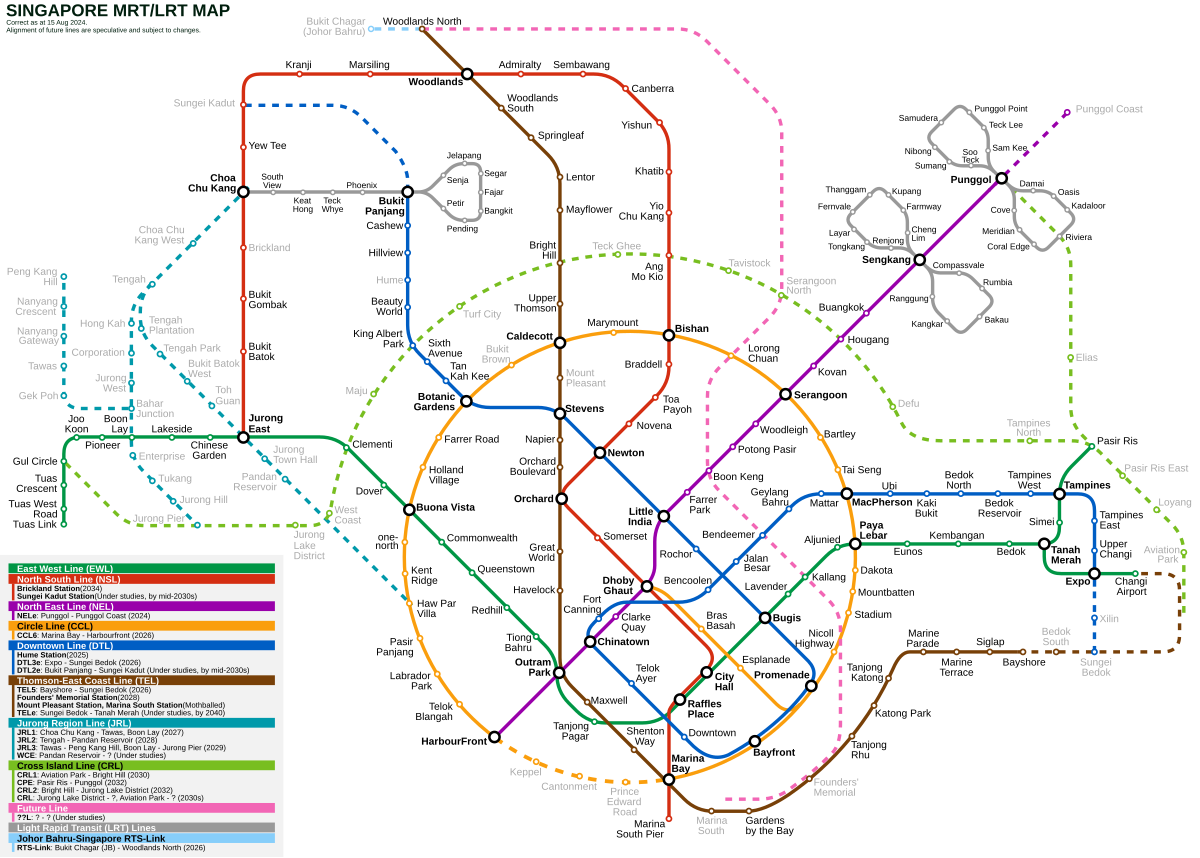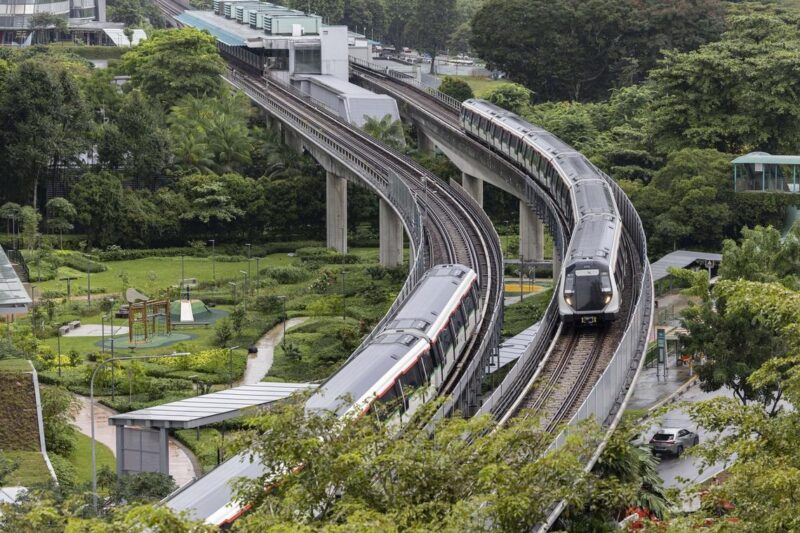Singapore’s real estate market is closely tied to infrastructure development, particularly its world-class MRT system. With the government consistently expanding the network to improve connectivity across the island, property values near MRT lines have experienced noticeable appreciation.
Skye at Holland is an example of how strategic condo locations benefit directly from transport accessibility, making them highly attractive to both investors and homeowners. Understanding the relationship between MRT expansion and condo values offers insight into why certain developments command a premium.
Connectivity as a Key Driver of Value

One of the main reasons MRT expansions influence condo prices is the improved connectivity they provide. Condominiums located within walking distance of MRT stations typically enjoy higher demand due to the convenience of reduced travel times. For working professionals and families alike, proximity to public transport translates into significant lifestyle benefits, such as shorter commutes and easier access to business hubs, schools, and recreational areas.
This accessibility often translates into a price premium. Studies and market trends consistently show that condos near MRT stations command higher resale values and rental yields compared to those located farther away. As Singapore continues to prioritize sustainable transport and reduce reliance on cars, condos near MRT expansions will likely see even greater long-term value appreciation.
The Role of New MRT Lines in Shaping Demand

Each time the government announces a new MRT line or station, the surrounding neighborhoods experience a surge in interest. Developers often position projects strategically to take advantage of these new connections, while existing condos benefit from renewed demand.
For instance, areas once considered less accessible quickly become desirable after being linked to the MRT grid. This shift attracts both buyers and tenants, creating competitive advantages for properties nearby. Investors, in particular, monitor these announcements closely, as entering the market before infrastructure completion often yields the highest capital gains.
Developments like Skye at Holland gain added appeal from such expansions, as Holland Village is a highly sought-after lifestyle destination. Improved connectivity only strengthens its reputation as a prime residential location.
Government Planning and Long-Term Value

Singapore’s government plays a proactive role in aligning urban development with MRT expansions. This ensures that residential, commercial, and lifestyle amenities grow in tandem with improved transport. Such holistic planning reassures investors and buyers that property values will be supported not just by short-term demand but also by long-term sustainability.
Furthermore, MRT expansions reduce reliance on private vehicles, lowering congestion and contributing to a greener city. This aligns with global trends where urban buyers increasingly value eco-friendly living, adding another layer of attractiveness to condos near transit lines.
Conclusion
MRT expansions in Singapore have a profound impact on condo values by improving connectivity, boosting demand, and enhancing long-term livability. Properties within easy reach of stations consistently outperform others in terms of appreciation and rental yields. Skye at Holland illustrates how well-located developments can leverage this trend, offering both convenience and investment security. As the MRT network continues to grow, condos near these expansions will remain highly desirable, reinforcing the strong link between transport infrastructure and property value.


